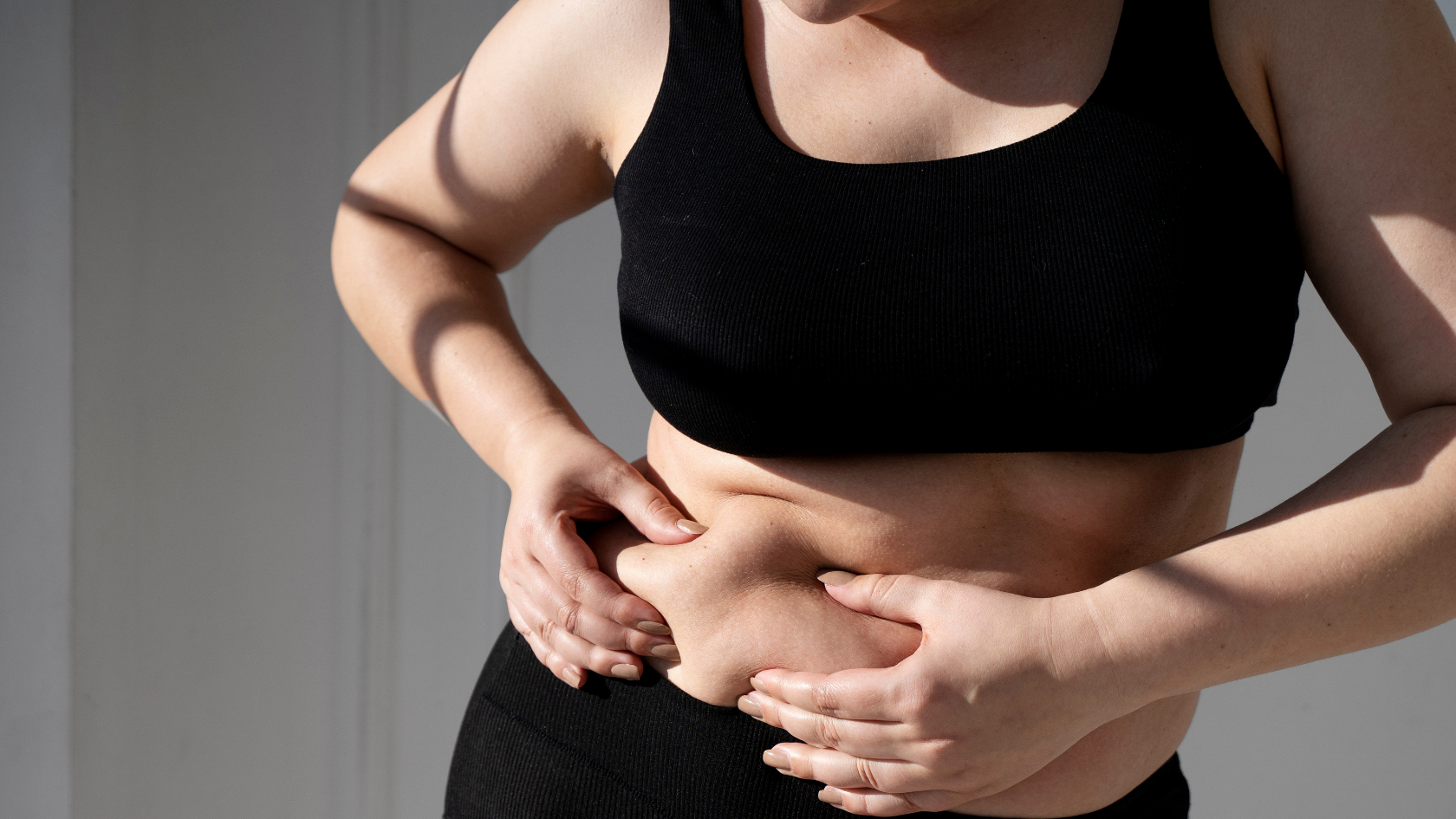When you hear “fat burning,” you’re really talking about fat oxidation. This is how your body converts stored fat into usable energy. You use this process every day, during easy walks, between meals, and even while you sleep. If you want steady, healthy weight loss, understanding fat oxidation can help you make smart choices that actually work for you.
In this guide, we’ll explain the science in simple terms. You’ll learn what fat oxidation is, what increases it, what slows it down, and what matters most for medical weight loss. I’ll also clear up common myths so you won’t waste time or money. Let’s keep it real, simple, and safe.
Key Takeaways
- Fat oxidation means the body turns stored triglycerides into ATP through lipolysis and β-oxidation in mitochondria, fueling everyday movement, thinking, and rest.
- Insulin after carb-heavy meals taps the brakes on fat release, while adrenaline during activity opens the CPT1 ‘gate,’ raising mitochondrial fat burning.
- Moderate aerobic exercise—think brisk walks, easy jogs, steady cycling—often hits personal FatMax, where fat oxidation peaks before high-intensity carb use.
- Fasted workouts can boost fat burning during the session, yet lasting fat loss still comes from a steady calorie deficit and consistency.
- Simple habits matter: protein and fiber-rich meals, seven hours sleep, daily NEAT, resistance training, plus modest caffeine or green tea may gently support fat oxidation.
Table of Contents
What Is Fat Oxidation?
Fat oxidation is your body’s process of turning fat into energy. First, hormones signal your fat cells to release fatty acids (this release is called lipolysis). Then those fatty acids travel to tissues like muscle and heart. Inside the cell’s “power plants” (mitochondria), fats are broken down step by step (called β-oxidation) into acetyl-CoA, which feeds your energy cycle to make ATP, your cell’s fuel.
In short: release fat → move fat → burn fat for energy.
Several switches control this process. Insulin is a “brake” that slows lipolysis; catecholamines (like adrenaline) are a “gas pedal” that speed it up through an enzyme called hormone-sensitive lipase (HSL). When insulin is high like right after a carb-heavy meal—fat release and immediate fat oxidation tend to drop.
During fasting or easy exercise, adrenaline signaling rises and lipolysis goes up.
There’s also a gate into the mitochondria. Long-chain fats need a carrier system called the carnitine shuttle. The enzyme CPT1 sits at this gate. A molecule named malonyl-CoA tells CPT1 when to open or close. During exercise, AMPK activity rises, malonyl-CoA falls, the gate opens more, and fat oxidation increases.
After high-carb feeding, malonyl-CoA goes up and the gate closes more, so fat oxidation decreases. Think of this as your body choosing the best fuel based on what’s available.
How do we know when you’re burning more fat? In labs, we use indirect calorimetry to measure the respiratory exchange ratio (RER). An RER near 0.7 means mostly fat; near 1.0 means mostly carbohydrate. At rest and during easy activity, RER leans toward fat. At high intensities, RER climbs, and carbs dominate.
Two more practical points:
- Fat oxidation is a fuel choice, not the same as fat loss. Actual fat loss happens when you’re in a calorie deficit over time.
- Your body can adapt. Regular training increases your ability to use fat by improving mitochondrial function and enzyme activity.
What Affects Fat Oxidation Day to Day?
Exercise intensity
As you move from easy to moderate effort, fat oxidation rises, then falls at higher intensities as your body leans on carbs. Many people hit their personal “FatMax” the intensity where fat oxidation peaks around a moderate pace (often ~45–65% of VO₂max), but it varies by person and training. You don’t need a lab test to benefit; brisk walking, light jogging, or steady cycling often sit in the “sweet spot.”
Fasted vs. fed workouts
Training before breakfast can raise fat oxidation during that workout. But research shows it usually does not lead to more fat loss unless your daily calories are still controlled. So, choose the style that helps you be consistent and feel good.
Diet pattern
Hormones and signals
Caffeine and green tea
Caffeine and catechins (like EGCG) can nudge up energy use and fat oxidation a bit. The effects are small, and they don’t replace diet and activity. If you use them, keep doses modest and watch for side effects.
NEAT (your daily movement)
The calories you burn from everyday movement standing, walking, chores, add up. Increasing non-exercise activity thermogenesis (NEAT) helps you maintain a calorie deficit without beating yourself up in the gym. Park farther, take phone calls standing, tidy your space, small moves matter.
Bottom line: to support fat loss, build a routine you can live with, moderate aerobic work, some resistance training, more daily movement, and a calorie-controlled eating pattern you enjoy. That steady approach keeps fat oxidation working for you and helps you keep the weight off.
Find Your Fat Oxidation Sweet Spot
Frequently Asked Questions
It means your body is using fat for fuel. Fatty acids are released from fat cells, carried to tissues, and burned in mitochondria through β-oxidation to make energy.
Most people burn the most fat at moderate intensity (often called FatMax). Think brisk walking, easy jogging, or steady cycling where you can still talk.
After high-carb meals, insulin rises and your body leans more on carbs for a while, turning down immediate fat burning. During exercise or time between meals, fat use rises again.
They can slightly increase energy burn and fat use, but the effect is small. Diet quality, calories, sleep, and activity do far more.
CPT1 is like a gate that lets long-chain fats into mitochondria. When malonyl-CoA is low (like during exercise), the gate opens more and fat burning rises.
Create a small, steady calorie deficit and add daily movement you’ll keep doing. That combo turns up Fat oxidation across your day and drives real fat loss you can maintain.

